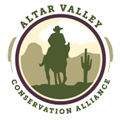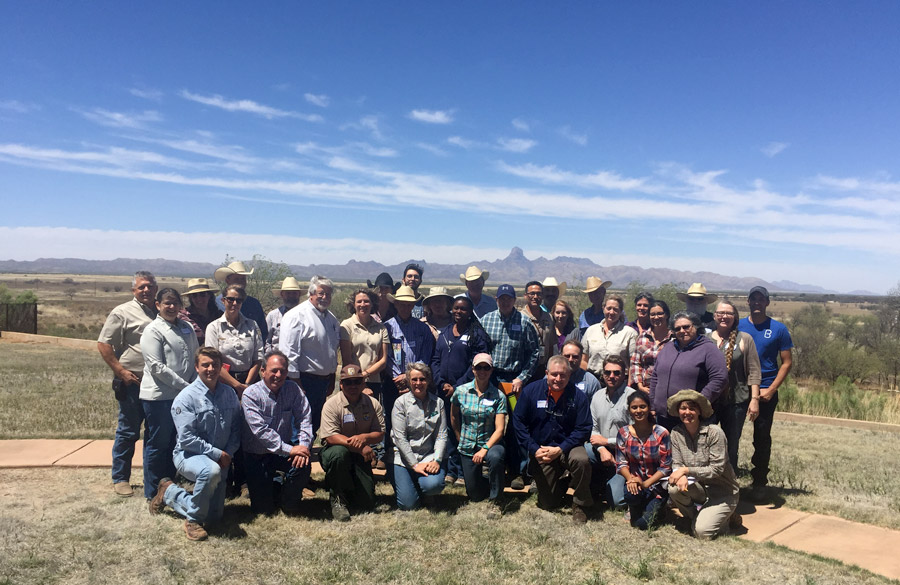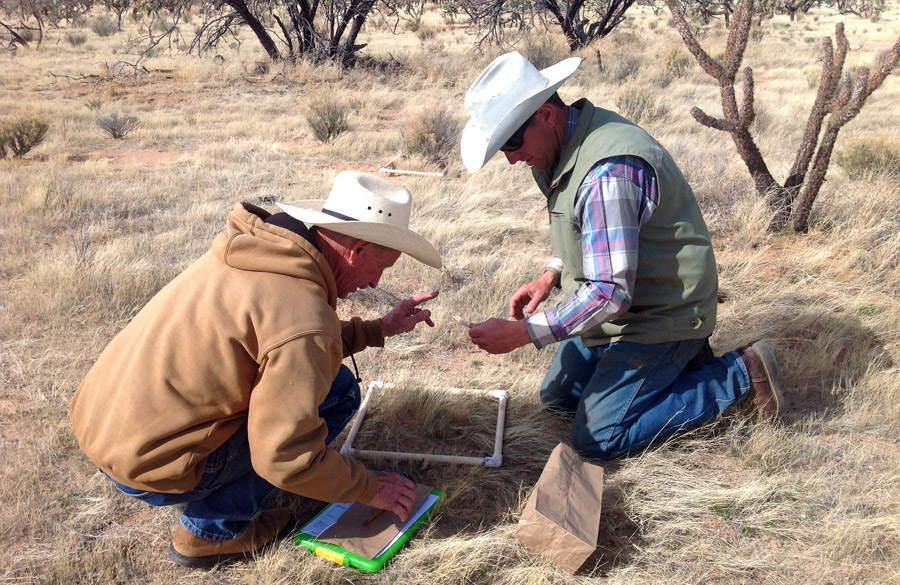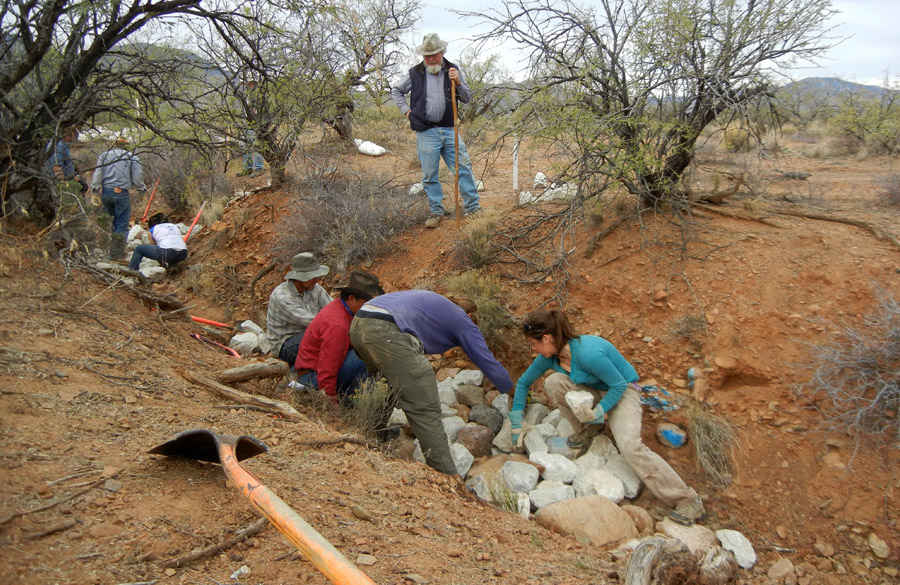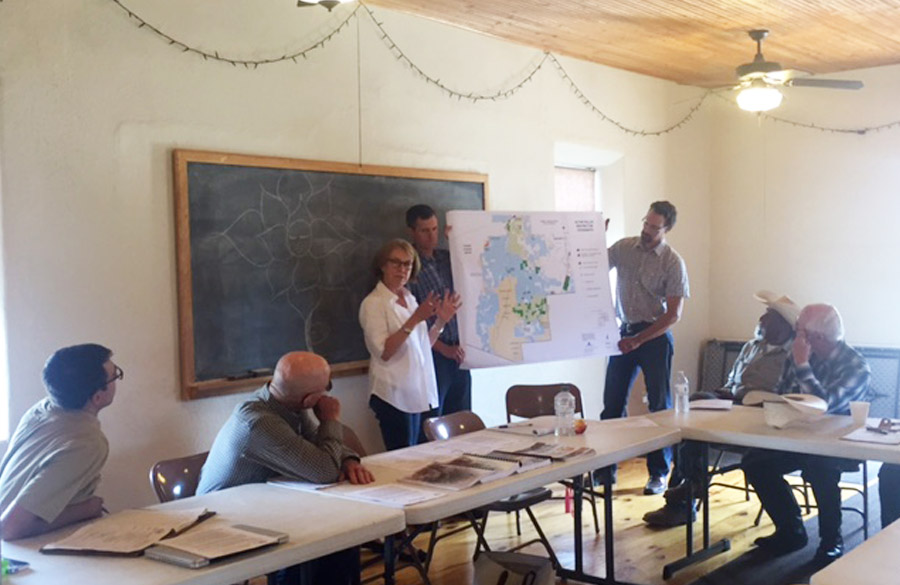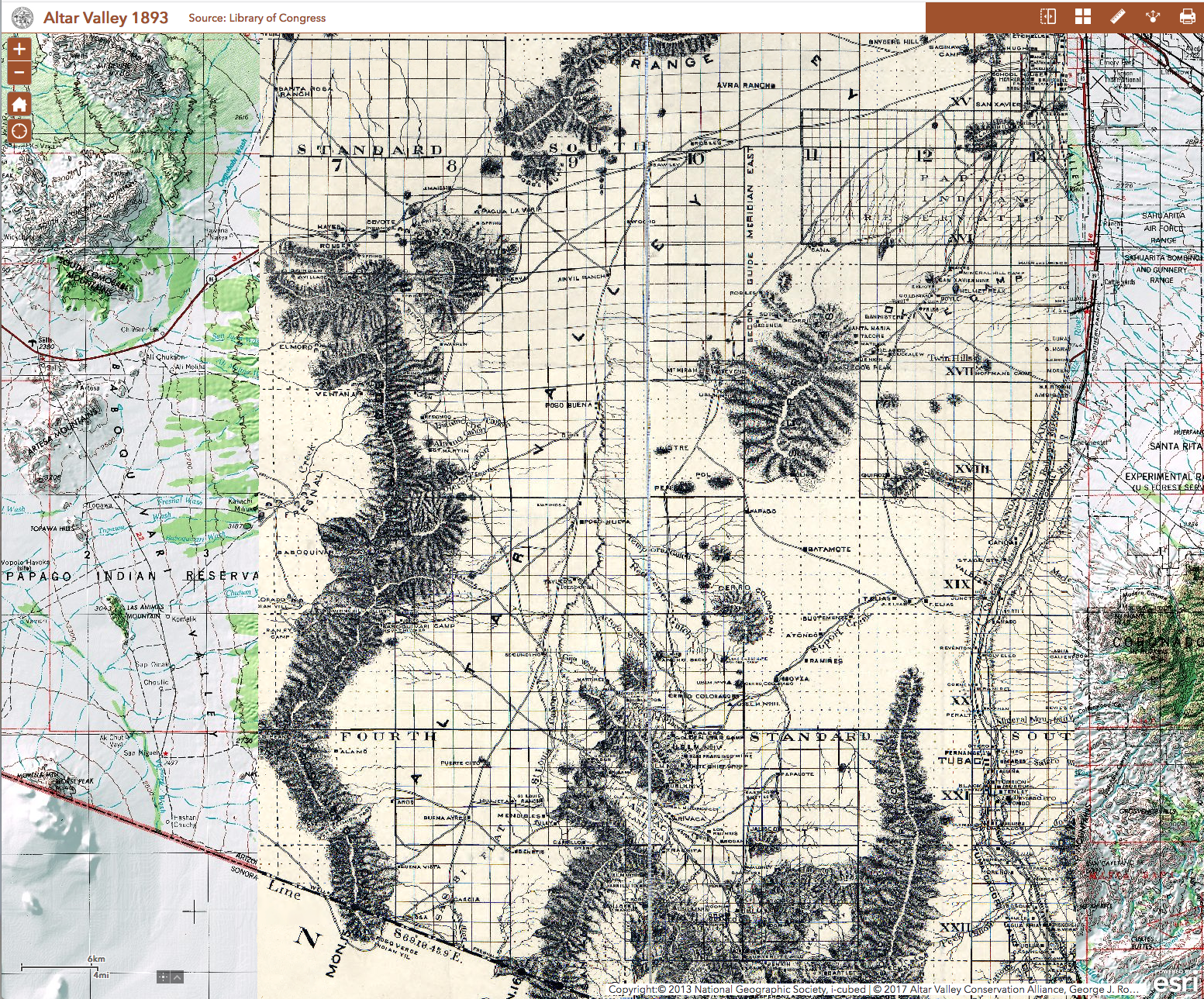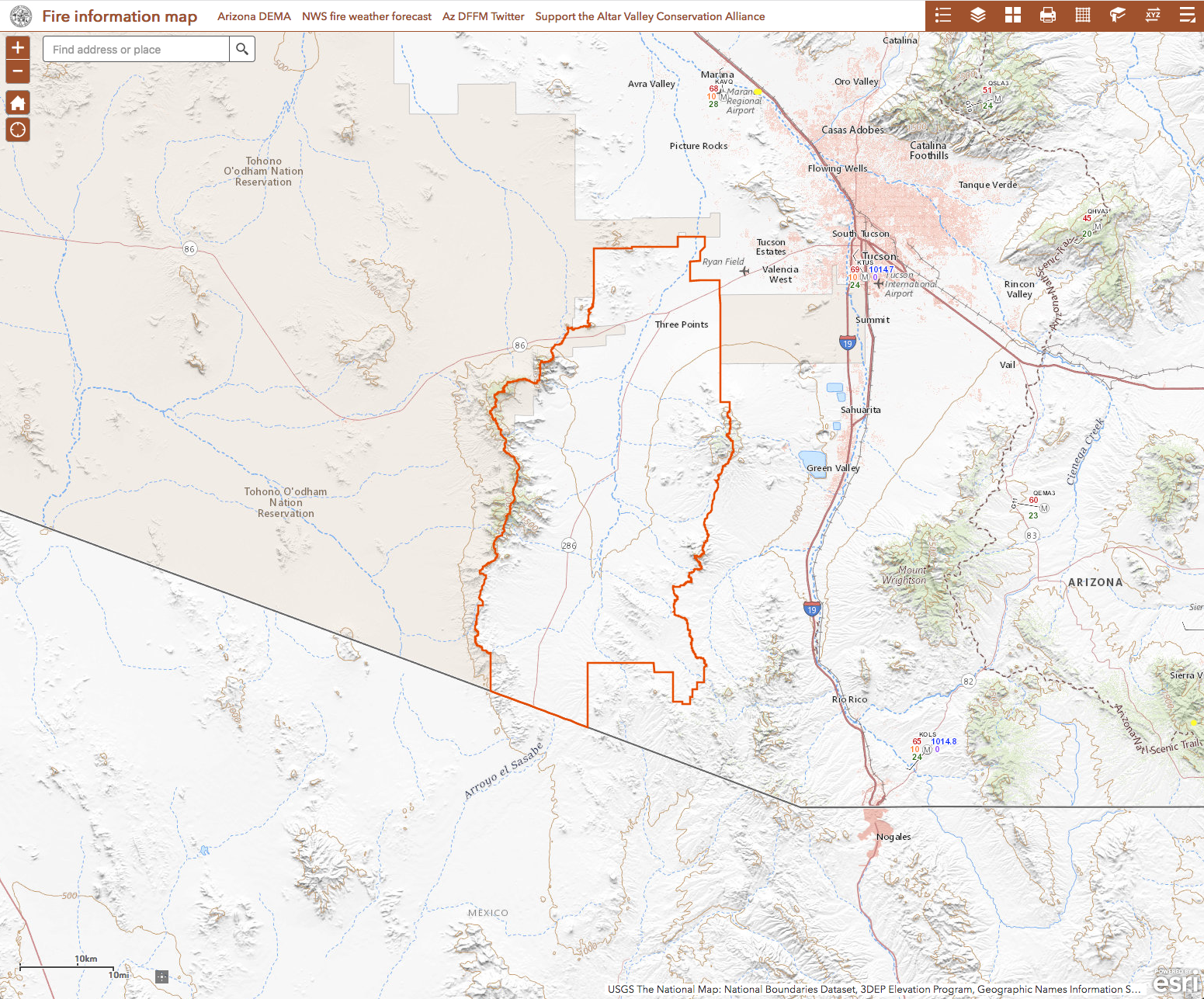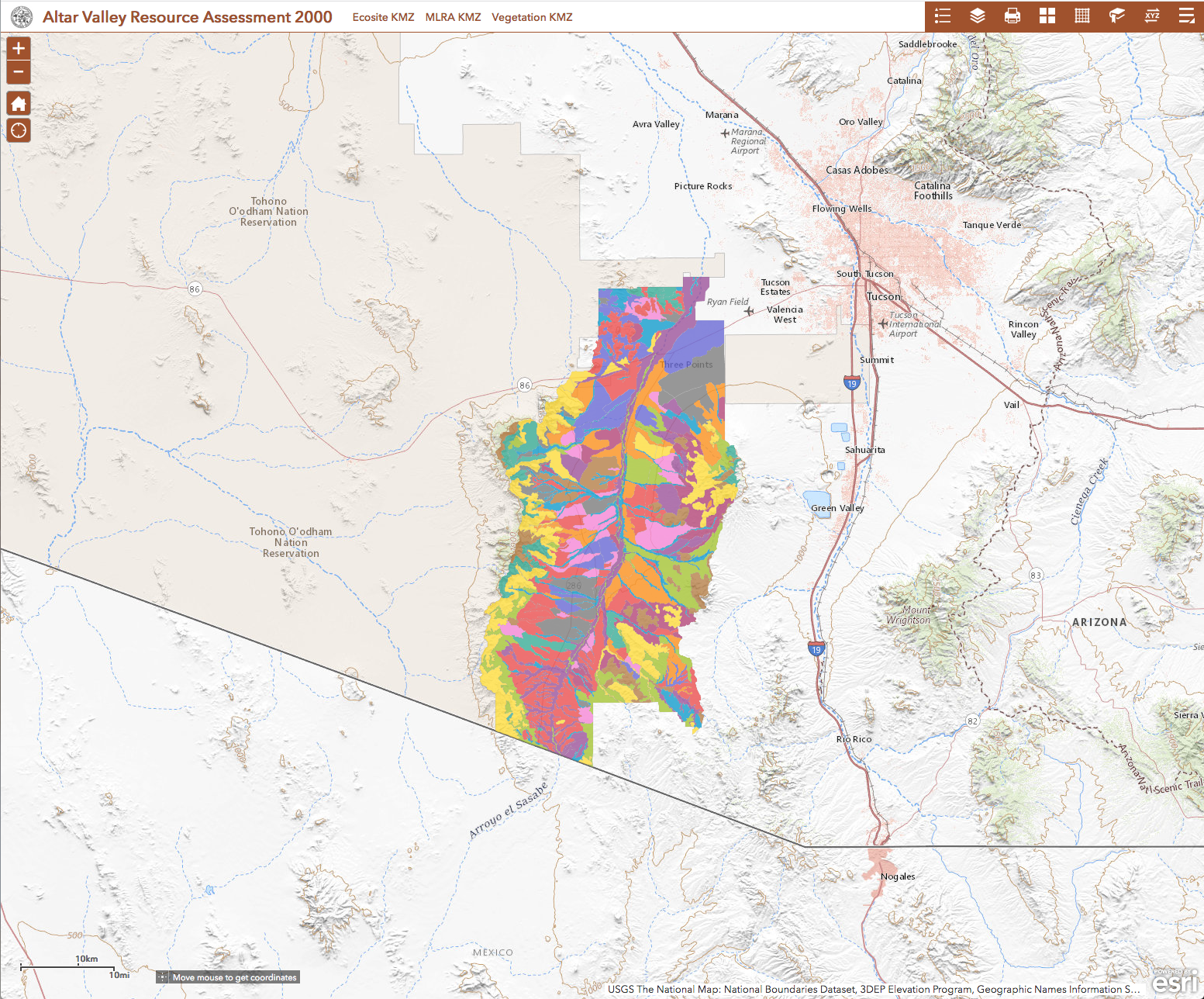Conserving the Altar Valley for Future Generations
The Altar Valley Conservation Alliance is a watershed based collaborative conservation organization founded in 1995, and incorporated as a 501(c)3 not-for-profit organization. We work through a strongly collaborative, science-based, community driven and integrated approach to conservation, to promote a thriving agricultural economy, and sustaining a resilient rural community by retaining and renewing the cultural and historical traditions of the Altar Valley.
THE RAINMAKER
Get the latest news from the Altar Valley! Subscribe to our e-newsletter:
Why give?
Your support enables the Alliance to conserve the Altar Valley for future generations through collaborative conservation projects, education and communication projects, research fellowships, scientific and technical expertise, management policy, and restoration solutions, guided by the needs of the land, by the people who know the land.

